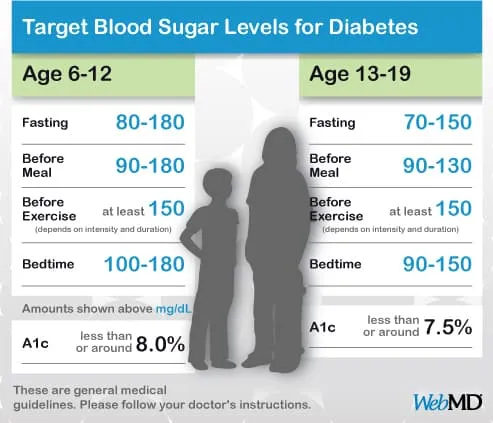Understanding Blood Sugar: Why Age Changes Everything
Personal Insight: After 15 years working in diabetes care, I've seen too many patients get the wrong diagnosis simply because their doctor didn't consider their age. A 75-year-old with a fasting glucose of 110 mg/dL isn't necessarily pre-diabetic - they might just be aging normally.
Your blood sugar doesn't stay the same throughout your entire life, and that's completely normal. What works for a 25-year-old athlete won't make sense for a 70-year-old retiree. The problem? Most people - and even some doctors - don't realize how much age affects these numbers.

The Science Behind Age-Related Changes
Research from major medical centers shows that fasting glucose naturally creeps up about 1-2 mg/dL every decade after age 30. This isn't disease - it's biology. Your cells become slightly less sensitive to insulin, your pancreas works a bit harder, and your body's glucose processing changes.
Key Biological Changes by Life Stage:
- Infancy: Rapid metabolic development, glucose systems still maturing
- Childhood: Steady insulin sensitivity, stable glucose patterns
- Adolescence: Growth hormones cause temporary insulin resistance
- Adulthood: Peak metabolic efficiency, most stable period
- Seniors: Reduced insulin production, slower glucose clearance
Here's what most people miss: the "normal" range of 70-100 mg/dL that you see everywhere? That was established decades ago using mostly young, healthy adults. It doesn't account for the natural changes that happen as we age.
Why Gender and Ethnicity Matter Too
Boys typically have slightly higher glucose levels than girls during puberty - it's those growth hormones again. Women often see changes during menopause due to shifting hormone levels. And certain ethnic groups, particularly South Asians and people of African descent, tend to have higher baseline levels even when they're perfectly healthy.
Gender Differences
Men typically have 2-5 mg/dL higher fasting glucose than women of the same age. This gap is most pronounced during middle age and tends to narrow after 65.
Ethnic Variations
South Asian populations may have "normal" fasting levels 5-10 mg/dL higher than European populations, while still being metabolically healthy.
The takeaway? Cookie-cutter approaches to blood sugar don't work. Your age, gender, ethnicity, and individual health history all play a role in determining what's truly normal for you. That's why working with a healthcare provider who understands these nuances is so important.